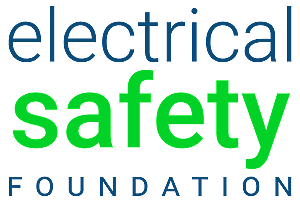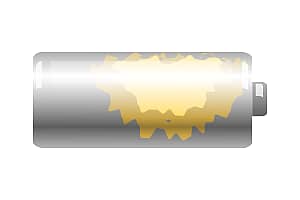TRRs resemble regular receptacles but they’re so much more. In fact, they provide a permanent solution to childhood shock caused by tampering with electrical outlets. TRRs feature built in safety shutters that block foreign objects from being inserted into the receptacle.
- TRRs required by the National Electrical Code since 2008
- Internal shutters block foreign objects from being inserted into the outlet.
Shutters will remain closed if an object is inserted into one side of the receptacle. The shutters open only when a 2 bladed or grounded plug is inserted.
Do TRRs require special instructions to use?
TRRs work like normal outlets.
When you plug into a TRR for the first time, you may be able to feel the internal shutter system engaging. If excessive force is needed to insert a plug into a TRR, there’s a chance that the plug, not the receptacle, is damaged
If a plug’s blade is bent or splayed, carefully straighten out the blades. This allows each prong to contact the shutters simultaneously and therefore engage them as designed.
If a plug is damaged and has a sharp edge or uneven blade tip, the plug will need to be replaced. Inserting damaged plugs into any receptacle may cause additional damage.
Never use a plug with cracks or creases on the blades in any receptacle.
GFCIs, AFCIs, and TRRs are required in all new and renovated homes. Remember, all outlet installations should be performed by a qualified electrician.







